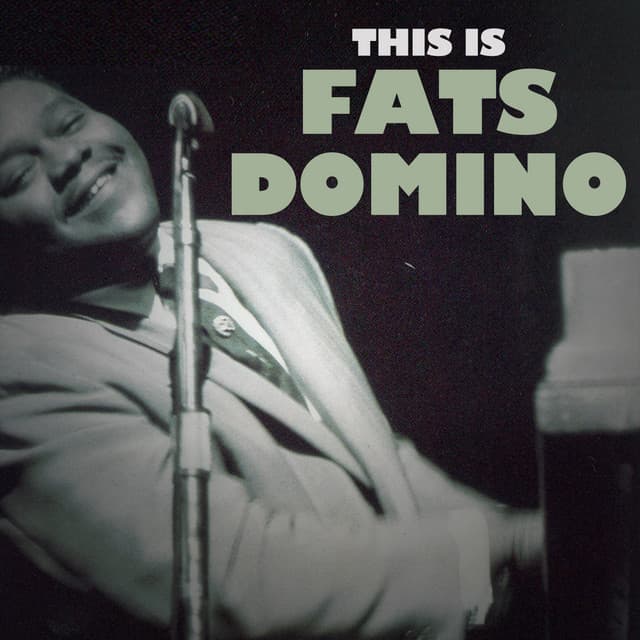
The pulse of a generation, pounding through rhythm and joy, as America danced to its own awakening.
When Fats Domino released “The Big Beat” in 1958, the world was already swaying to his unmistakable blend of rhythm and blues, boogie-woogie, and early rock ‘n’ roll. Issued as both a single and the title track of his album The Big Beat, the song captured the exuberant heartbeat of an era teetering between innocence and rebellion. While it did not chart as high as his monumental hits like “Blueberry Hill” or “Ain’t That a Shame,” its infectious energy and swaggering piano line made it a staple in Domino’s live performances and a crystallization of the joyous sound that helped define 1950s rock ‘n’ roll. Recorded in New Orleans under the guiding hand of producer Dave Bartholomew, the song epitomized the chemistry between the two men—a partnership that gave shape and swing to one of the most influential catalogs in American music.
At its core, “The Big Beat” is not merely a tune about rhythm; it is an anthem of liberation disguised in simplicity. The title itself becomes a metaphor for vitality—the life force that ran through Domino’s music and, by extension, through postwar America. With his rolling triplets on piano, his genial yet commanding vocal delivery, and the sharp punctuation of the horn section, Domino transformed a dance number into a cultural declaration: that rhythm was no longer the property of any one style or race, but the universal language of youthful joy.
Lyrically, the song celebrates the irresistible call of music—“I’m gonna rock, I’m gonna roll, I’m gonna do the stroll”—a litany of movement that spoke to a generation hungry for freedom of expression. Domino’s unpretentious delivery made those words feel less like rebellion and more like revelation. He was not a provocateur but a bridge-builder, drawing from the deep well of New Orleans rhythm and blues and infusing it with a pop sensibility that crossed barriers. Beneath the surface exuberance lies a quiet revolution: this was the sound of Black American music reshaping the mainstream, with Domino’s warmth and authenticity softening its entry into white suburban homes.
Musically, “The Big Beat” encapsulates what made Fats Domino’s style timeless—his left hand hammering a relentless boogie rhythm while his right hand danced across the keys with effortless swing. The horns punctuate the groove with jubilant clarity, and the rhythm section moves like a heartbeat—steady, unstoppable, and alive. It is music that feels both grounded and transcendent, as if it could only have come from a man whose art was inseparable from his city, his culture, and his soul.
In retrospect, “The Big Beat” stands as more than a track—it is a manifesto of rhythm, a reminder that before rock became spectacle, it was first and foremost about movement, connection, and joy. Fats Domino didn’t shout his way into history; he smiled his way in, letting the music do the work. And in the echo of those rolling pianos and jubilant horns, one can still hear the first great heartbeat of rock ‘n’ roll—steady, confident, and utterly human.